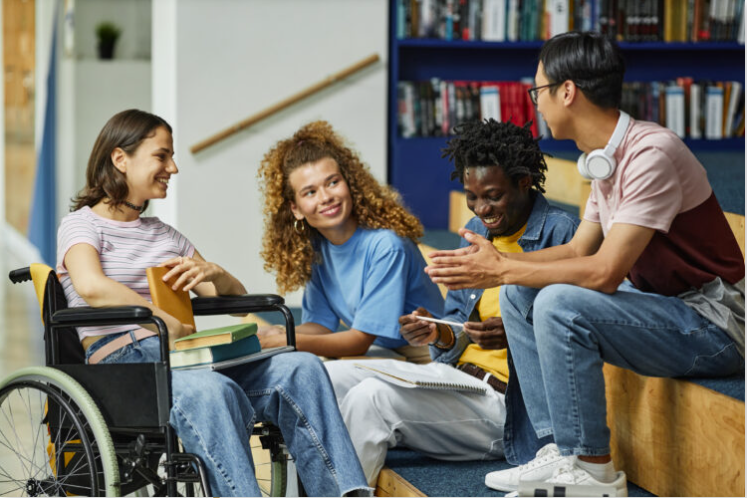Global Accessibility Awareness Day (GAAD) is more than just a moment of reflection; it’s a call to action. This year, as we commit to Universal Design principles, we highlight Flexibility in Use, a key factor in ensuring accessibility for everyone, in every situation.
Universal Design is about creating environments, products, and services that adapt to individuals’ needs, rather than forcing people to adjust to rigid designs. Flexibility in Use ensures choice, adaptability, and personalization, making everyday interactions easier, regardless of ability, preference, or circumstance.
What is Flexibility in Use?
Flexibility in Use means designing products and spaces that accommodate a diverse range of individual abilities and preferences. It allows users to interact with tools and services in ways that suit them best, promoting independence and usability for all.
Why Flexibility in Use Matters for Everyone
Offers Multiple Ways to Engage
-
- A well-designed service should allow users to navigate using touch, voice, keyboard shortcuts, or alternative assistive technologies—giving them control over how they interact.
Supports Aging Populations and Temporary Disabilities
-
- Whether it’s due to aging, injury, or changing health conditions, people’s abilities evolve over time. Flexible designs ensure continued access without limitations.
Enhances Digital Accessibility
-
- Websites and apps should allow for customizable settings, such as text resizing, alternative navigation modes, and multiple input methods—helping users interact in the way that works for them.
Encourages Inclusivity in Physical Spaces
-
- Adjustable service counters, multiple seating options, and varied ways to complete transactions make physical environments easier for all users.
Makes Everyday Experiences More Adaptable
-
- Providing multiple formats for information—such as text, audio, and video, ensures that all users can process content in their preferred way.
- Pharmacy Accessibility: Prescription refill kiosks that allow users to select touchscreen, voice command, or physical buttons, accommodating various needs.
- Online Services: Digital platforms with keyboard navigation, speech-to-text functionality, and user-customizable interfaces.
- Public Spaces: Adjustable-height checkout counters and multifunctional seating that fit diverse mobility requirements.
- Workplace Inclusion: Assistive tools like adjustable workstations, voice-controlled software, and flexible scheduling options that empower individuals across all abilities.
GAAD reminds us that accessibility is a daily commitment, and Flexibility in Use ensures that no one is forced to adapt to a rigid, one-size-fits-all design. By embedding flexibility into digital tools, healthcare services, and everyday interactions, we create a world where accessibility is seamless, natural, and universally beneficial.
Let’s make accessibility a choice, not a barrier. Flexibility empowers everyone, every day.
Source: Read MoreÂ
